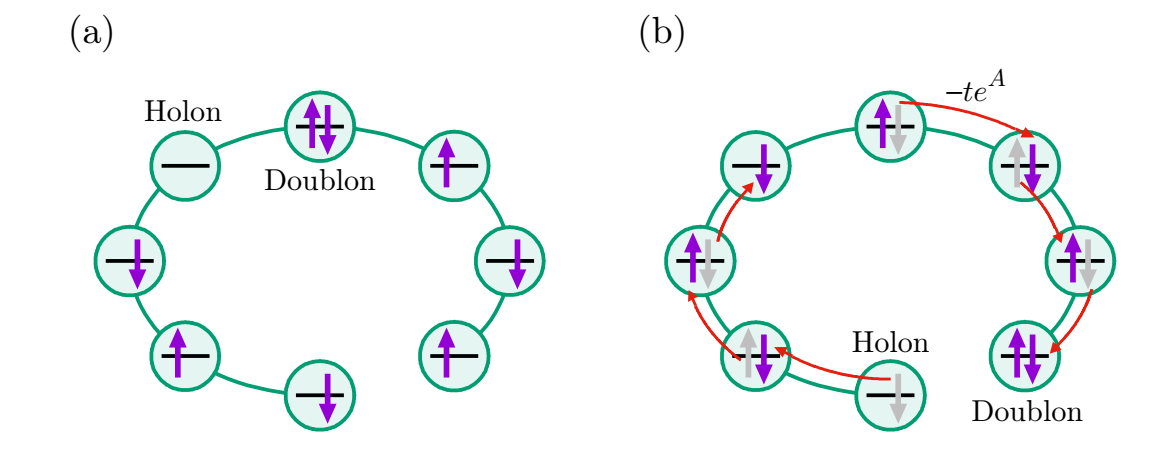주메뉴
- About IBS 연구원소개
-
Research Centers
연구단소개
- Research Outcomes
- Mathematics
- Physics
- Center for Underground Physics
- Center for Theoretical Physics of the Universe (Particle Theory and Cosmology Group)
- Center for Theoretical Physics of the Universe (Cosmology, Gravity and Astroparticle Physics Group)
- Dark Matter Axion Group
- Center for Artificial Low Dimensional Electronic Systems
- Center for Theoretical Physics of Complex Systems
- Center for Quantum Nanoscience
- Center for Exotic Nuclear Studies
- Center for Van der Waals Quantum Solids
- Center for Relativistic Laser Science
- Chemistry
- Life Sciences
- Earth Science
- Interdisciplinary
- Center for Neuroscience Imaging Research (Neuro Technology Group)
- Center for Neuroscience Imaging Research (Cognitive and Computational Neuroscience Group)
- Center for Algorithmic and Robotized Synthesis
- Center for Genome Engineering
- Center for Nanomedicine
- Center for Biomolecular and Cellular Structure
- Center for 2D Quantum Heterostructures
- Center for Quantum Conversion Research
- Institutes
- Korea Virus Research Institute
- News Center 뉴스 센터
- Career 인재초빙
- Living in Korea IBS School-UST
- IBS School 윤리경영


주메뉴
- About IBS
-
Research Centers
- Research Outcomes
- Mathematics
- Physics
- Center for Underground Physics
- Center for Theoretical Physics of the Universe (Particle Theory and Cosmology Group)
- Center for Theoretical Physics of the Universe (Cosmology, Gravity and Astroparticle Physics Group)
- Dark Matter Axion Group
- Center for Artificial Low Dimensional Electronic Systems
- Center for Theoretical Physics of Complex Systems
- Center for Quantum Nanoscience
- Center for Exotic Nuclear Studies
- Center for Van der Waals Quantum Solids
- Center for Relativistic Laser Science
- Chemistry
- Life Sciences
- Earth Science
- Interdisciplinary
- Center for Neuroscience Imaging Research (Neuro Technology Group)
- Center for Neuroscience Imaging Research (Cognitive and Computational Neuroscience Group)
- Center for Algorithmic and Robotized Synthesis
- Center for Genome Engineering
- Center for Nanomedicine
- Center for Biomolecular and Cellular Structure
- Center for 2D Quantum Heterostructures
- Center for Quantum Conversion Research
- Institutes
- Korea Virus Research Institute
- News Center
- Career
- Living in Korea
- IBS School
News Center
Unveiling non-Hermitian topological phases in many-body systems- Skin effect and spectral topology of collective excitations in open quantum systems - Non-Hermitian physics is at the forefront of research, investigating dissipative phenomena observed in various physical systems. In quantum systems, dissipation leads to a complex-valued energy spectrum, marking the onset of non-Hermitian quantum mechanics. Recent advancements in this field have unveiled new types of topological phases that defy conventional understanding. One such example is the non-Hermitian skin effect (NHSE), where all eigenstates collapse towards system boundaries, reflecting a bulk-boundary correspondence shaped by complex spectral topology. Despite extensive exploration, a lingering question remains: do these exotic topological phases endure in the presence of many-body interactions? Previous studies suggest the Pauli exclusion principle may suppress the skin effect, prompting further investigation into the interplay between many-body interactions and topological phenomena in open quantum systems. In a study published in Communications Physics, a collaborative team led by Prof. PARK Moon Jip from Hanyang University, Dr. KIM Beom Hyun, and Dr. HAN Jae-Ho from the IBS Center for Theoretical Physics of Complex Systems presented a compelling counterexample, reshaping our understanding of non-Hermitian topology in interacting open quantum systems. The researchers have uncovered the collective excitations of doublon-holon pairs vividly exhibit the skin effect, even under strong many-body interaction that is contrary to expectations (see Fig. 1). The team's findings established the robustness of this effect, unraveling a profound bulk-boundary correspondence mediated by the point gap topology within the many-body energy spectrum. These discoveries not only shed light on the intricate interplay between many-body interactions and topological phases but also underscore the existence of non-Hermitian topological phases in collective excitations of many-body interacting systems. As researchers continue to unravel the mysteries of open quantum systems, these findings pave the way for new frontiers in quantum physics, offering tantalizing prospects for the development of novel materials and technologies harnessing the unique properties of non-Hermitian dynamics.
Notes for editors
- References
- Media Contact
- About the Institute for Basic Science (IBS)
|
| Next | |
|---|---|
| before |
- Content Manager
- Public Relations Team : Yim Ji Yeob 042-878-8173
- Last Update 2023-11-28 14:20












